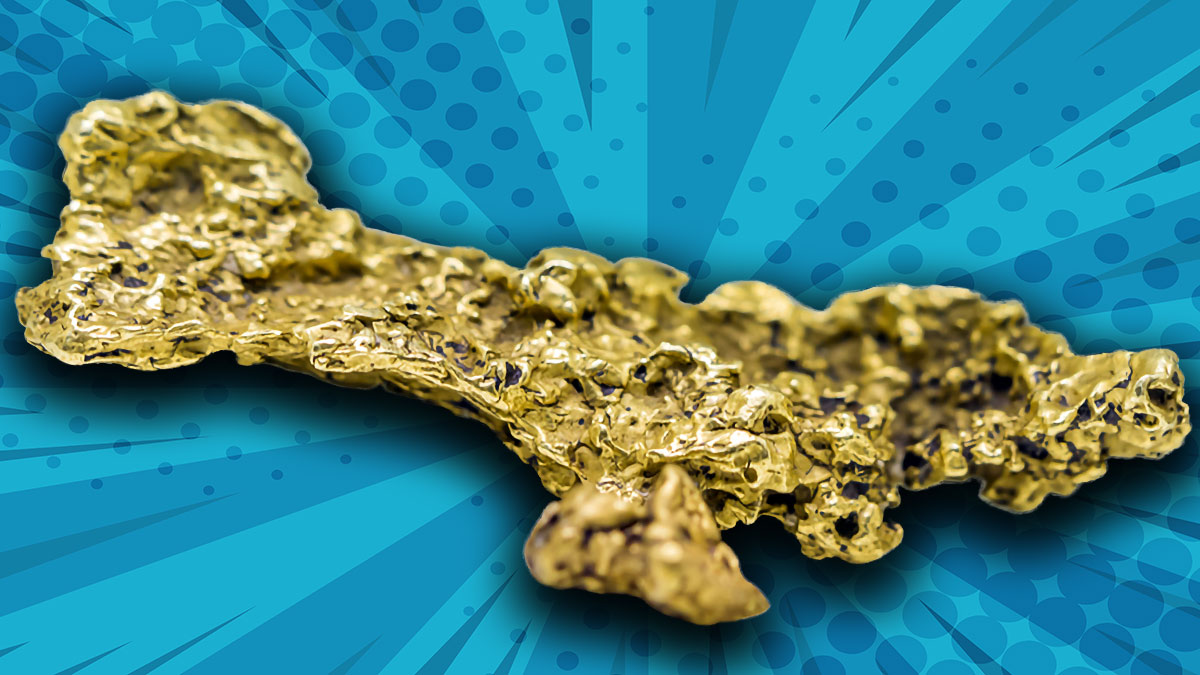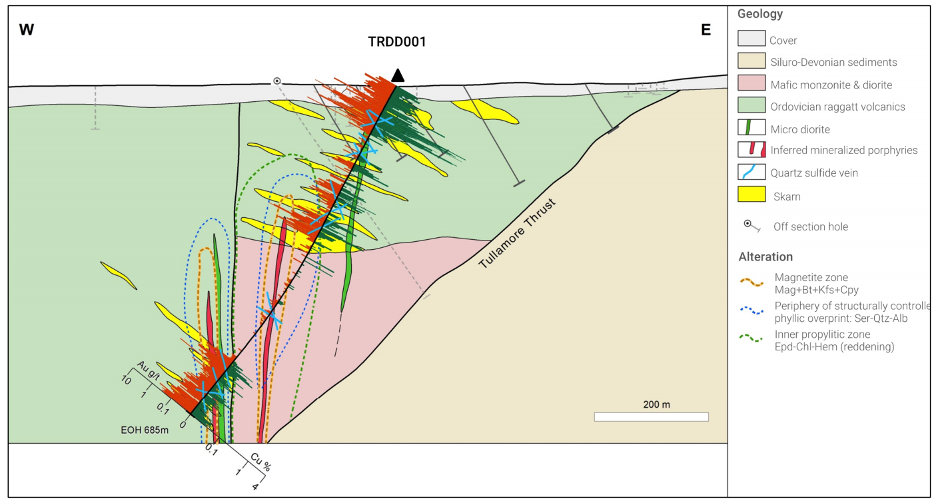RareX JV hits high-grade gold-copper paydirt in Lachlan Fold

Pic: Getty/Stockhead
Special Report: RareX and partner Kincora Copper already knew they were sitting on a porphyry system in the famed Lachlan Fold Belt of NSW, but now they have also hit higher grades than is typical of most porphyry deposits.
When it comes to porphyry deposits, size counts.
These are multigenerational mines responsible for ~60 per cent of the world’s copper, most of its molybdenum, and significant amounts of gold and silver.
Their easy-mining large volumes make up for the low grades, which are typically between 0.3 per cent to 1 per cent copper equivalent.
But in RareX and Kincora’s case drilling has delivered up to 2.43 per cent copper and 4.32 grams per tonne (g/t) gold in the very first diamond hole drilled at their Trundle project.
The pair received the results from the first diamond drill hole that delivered multiple significantly mineralised skarn zones of high-grade gold and copper.
Top results were 51m at 1.17g/t gold and 0.54 per cent copper from 39m, which included higher grade hits of 20.5m at 1.94g/t gold and 1.18 per cent copper from 57.6m; 8m at 3.07g/t gold and 1.95 per cent copper from 57.6m and 2.2m at 4.32g/t gold and 2.43 per cent copper from 75.9m.
The same hole also intersected the targeted adjacent porphyry intrusion system, hitting a broad zone of anomalous mineralisation that returned a result of 21.1m at 0.25g/t gold and 0.03 per cent copper from 664m to the end of the hole.
Early signs point to mammoth deposit
RareX says the skarn and porphyry intrusion system setting intersected at the Trundle Park target is a common geological setting of many large porphyry systems.

Within the Macquarie Arc, the Big and Little Cadia skarns at Cadia, were important to the discovery of multiple adjacent causative intrusions and deposits that make up the largest porphyry system in Australia.
“We are extremely pleased and excited by the results of this first hole, it is not often you see such high grades near surface within a porphyry environment,” says John Holliday, Kincora technical committee chair, and Peter Leaman, Kincora senior VP of exploration.
“Assay results support previously announced visual interpretations of multiple zones of significant gold and copper mineralisation.
“This supports the skarn being a standalone target at depths and intervals often mined by both open cut and underground methods, but the high‐grade zones within broader moderate mineralised zones are very importantly illustrating significant magmatic fluids associated with the adjacent porphyry intrusion system, which is a much larger target.”
The fourth hole of the ongoing maiden drilling program at the Trundle project, and
A follow‐up to the first hole, has recently been completed.
A third hole is being drilled at the Bayleys porphyry target.
Results from the second hole at the Mordialloc target are expected within two weeks.
RareX revealed in early June that the second hole intersected strong alteration halo indicators of a mineralised porphyry intrusion system, which support’s the belief that the targeted geological setting is a high‐level, preserved porphyry system.
“We are now eagerly awaiting assays from the second hole at Mordialloc, where we recently reported very encouraging visual results, and seeing what the next few holes can deliver,” RareX executive director Jeremy Robinson said.
“The Kincora team has done an exceptional job in achieving results so quickly from what is now clearly the best porphyry exploration project in NSW behind Alkane’s Boda project.”
This story was developed in collaboration with RareX, a Stockhead advertiser at the time of publishing.
This story does not constitute financial product advice. You should consider obtaining independent advice before making any financial decisions.
Related Topics

UNLOCK INSIGHTS
Discover the untold stories of emerging ASX stocks.
Daily news and expert analysis, it's free to subscribe.
By proceeding, you confirm you understand that we handle personal information in accordance with our Privacy Policy.








